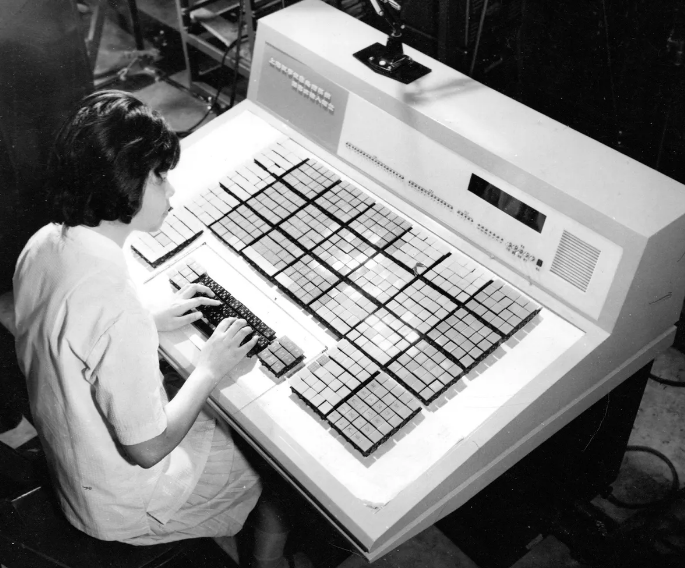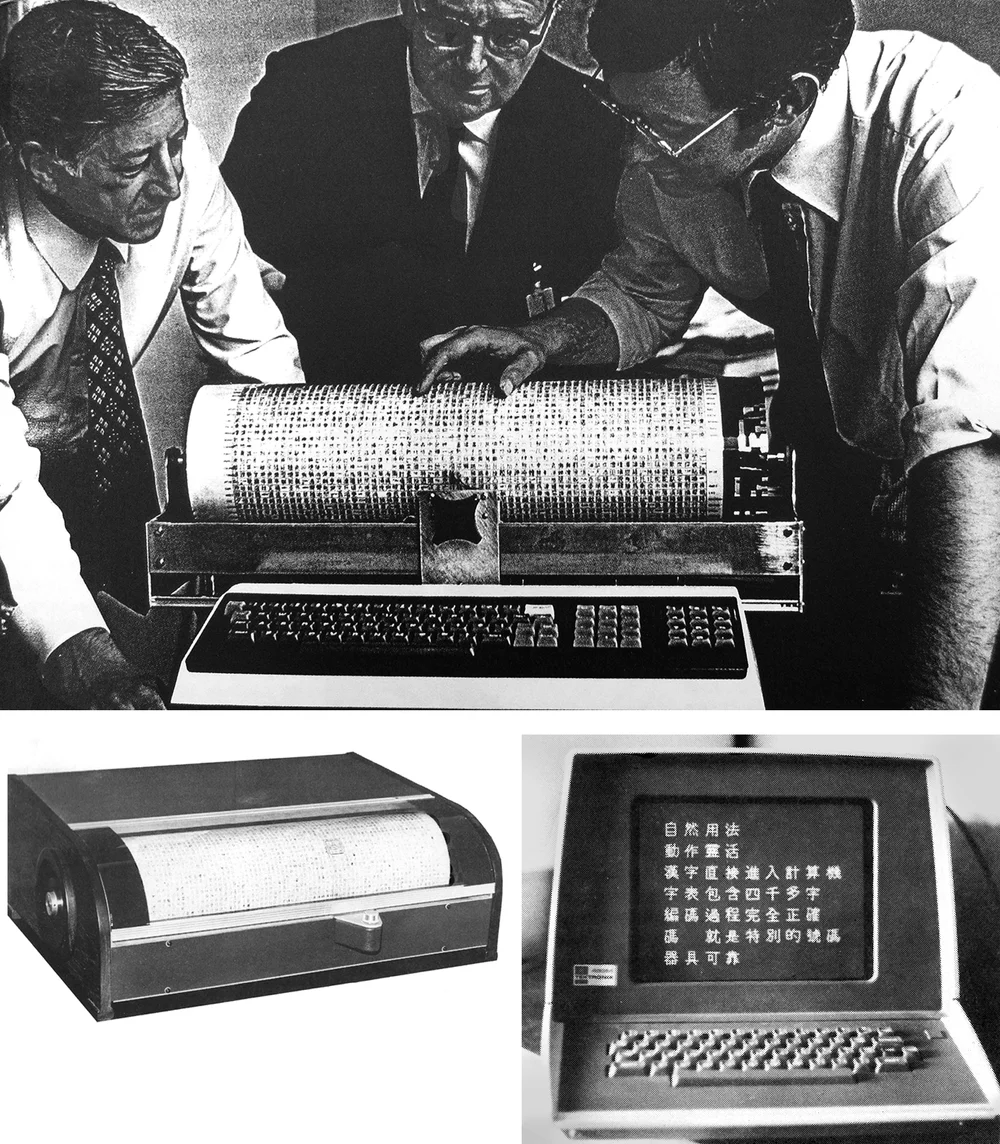created, $=dv.current().file.ctime & modified, =this.modified
NOTE
Alternative input systems. Complexity of scripts. Use of keyboard with a reference book.

None of the competing designs that emerged in this era employed a QWERTY-style keyboard. Instead, one of the most successful and celebrated systems—the IPX, designed by Yeh—featured an interface with 120 levels of “shift,” packing nearly 20,000 Chinese characters and other symbols into a space only slightly larger than a QWERTY interface. Other systems featured keyboards with anywhere from 256 to 2,000 keys. Still others dispensed with keyboards altogether, employing a stylus and touch-sensitive tablet, or a grid of Chinese characters wrapped around a rotating cylindrical interface.
He fixated on one character in particular: ying 鷹 (“eagle”), an elaborate graph that requires 24 brushstrokes to compose. If he could determine an appropriate data structure for such a complex character, he reasoned, he would be well on his way. Through careful analysis, he determined that a bitmap comprising 24 vertical dots and 20 horizontal dots would do the trick, taking up 60 bytes of memory, excluding metadata. By 1968, Yeh felt confident enough to take the next big step—to patent his project, nicknamed “Iron Eagle.”
The process of typing on the IPX keyboard involved using a booklet of characters used to depress one of 160 keys, selecting one of 15 numbers to pick a character within the key, and using separate “shift” keys to indicate when a page of the booklet was flipped.
Robert Sloss and Peter Nancarrow design an Ideo-Matic Encoder, for Chinese input. It used a cylinder with 4,356 keys wrapped around it.

One hand rotated the cylinder while the other moved a cursor to indicate the cell. A key press produced a signal that corresponded to the symbol.